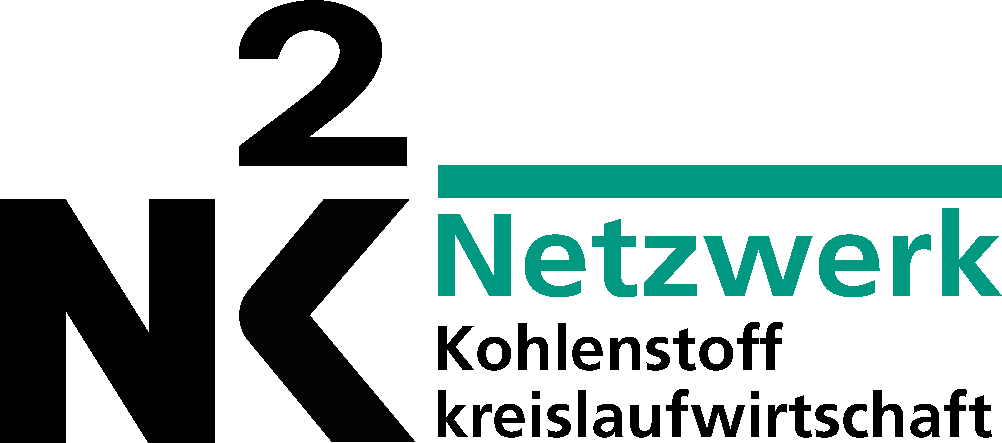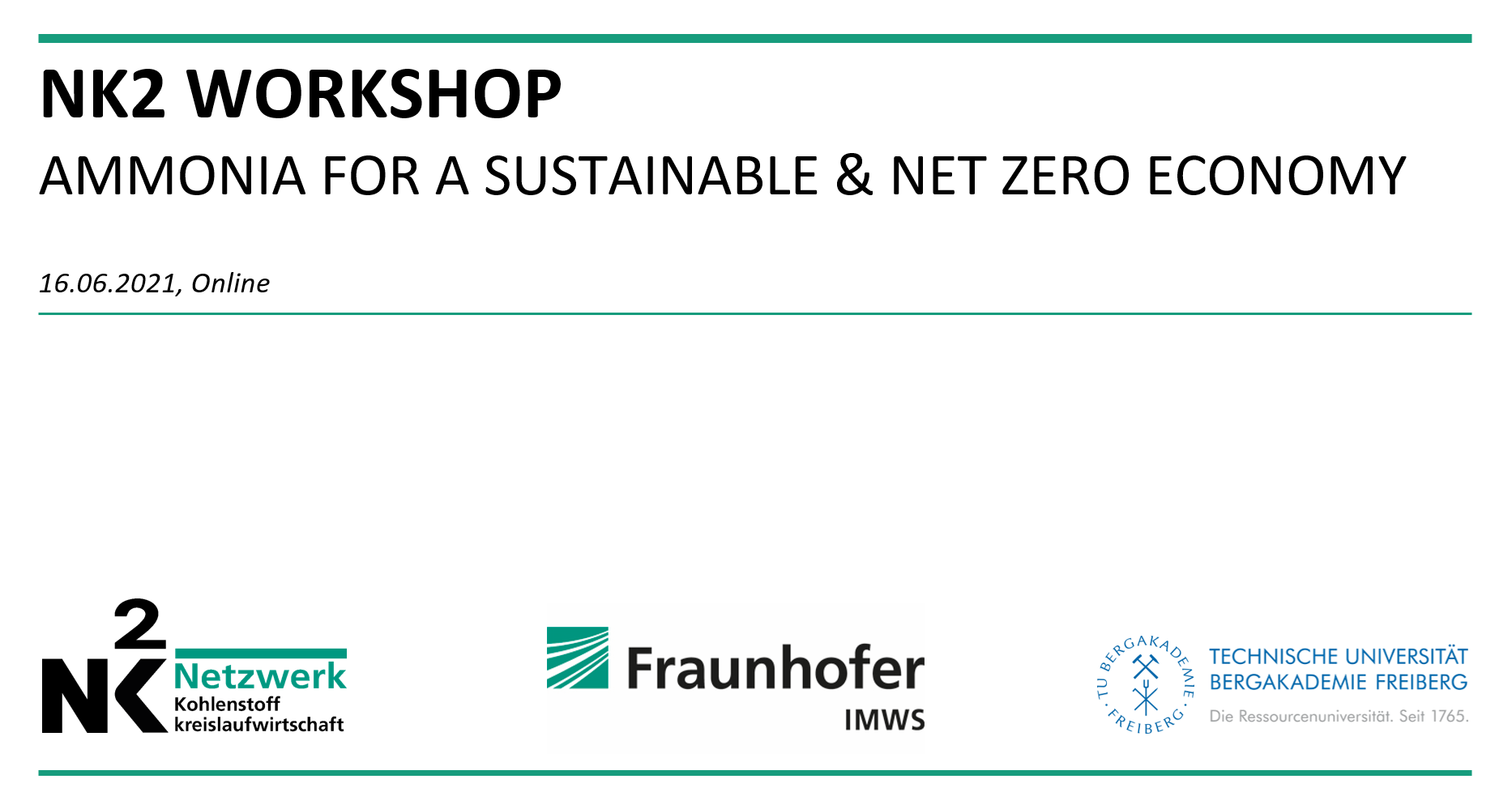NK2 Online Workshop “Ammonia for a Sustainable and Net Zero Economy”
On 16th June 2021, the German National Network for a Circular Carbon Economy (NK2) organized yet another successful online workshop. During the event, 87 international participants came together for exchanges about the latest global developments in the production and utilization of green ammonia as an energy carrier and for hydrogen storage.
At the start of the workshop, Prof. Bernd Meyer – scientific director of the NK2 network – provided an overview highlighting the relevance of the topic in contributing to the decarbonization of mobility and carbon intensive branches industries. During the workshop, in addition to presentations from Europe (Haldor Topsoe, thyssenkrupp and Leibniz Institute for Plasma Science and Technology), speakers from the Asia-Pacific region (CSIRO and JGC Corporation) also presented their current activities in ammonia technology development.
The event is moderated by Prof. Martin Gräbner, Director of the Institute of Energy Process Engineering and Chemical Engineering at the TU Bergakademie Freiberg as well as Director of the Fraunhofer Branch Lab “Circular Carbon Technologies”.
Ammonia will play a key role in energy transport in the future. In particular countries with easy access solar and wind power will be able to generate affordable hydrogen via water electrolysis. The transportation of this green hydrogen across continents and long distances is extremely challenging. Using proven technologies, the ammonia molecule (NH3) can be easily produced from hydrogen and nitrogen from air, and even from biogenic waste. Due to its high energy density, it is especially suitable for transportation application as liquid in ships. Decades of experience and existing infrastructure from the fertilizer industry can be built upon to support ammonia activities. Research is focusing on new production pathways as well as the utilization of ammonia in large engines, as a substitute fuel for energy intensive industries, as well as for optimizing the efficiency of entire energy value chains.
 Fraunhofer IMWS
Fraunhofer IMWS